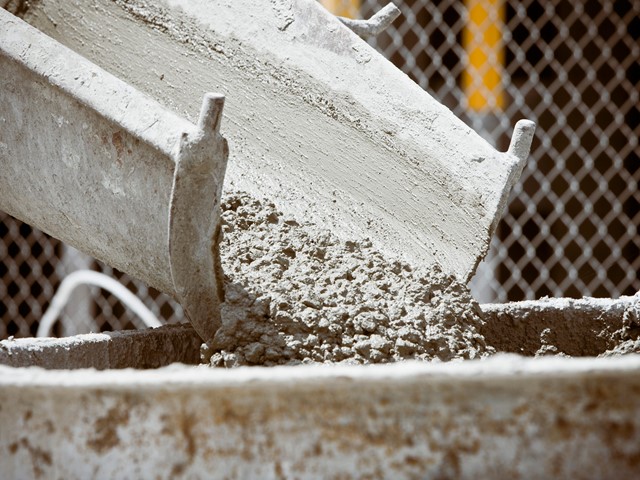A procedure for recycling concrete has been developed which combines the building material with discarded wood to form a new material with a bending strength superior to that of the original concrete.
Researchers at the Institute of Industrial Science, University of Tokyo, said they discovered the correct proportion of inputs to yield the new material. The material is likely to be biodegradable, as the concrete waste is attached to the wood component.
The team believe it could “drastically” reduce construction costs and slash carbon emissions in the building sector.
Concrete has long been the material of choice for modern buildings, especially larger structures such as skyscrapers and bridges, but as countries work to constrain their greenhouse emissions, concrete production has fallen under increased scrutiny. The material consists of two parts, aggregate—which is usually made of gravel and crushed stone—and cement. The production of cement is associated with a significant fraction of the carbon dioxide humans release into the atmosphere.
“Just reusing the aggregate from old concrete is unsustainable, because it is the production of new cement that is driving climate change emissions,” explains first author Li Liang. He added that an environmentally friendly approach is needed to help promote the circular economy.
The researchers adjusted the mixture proportion, pressure, temperature, pressing duration, and water content of the material; finding the right proportion of concrete and recycled wood was critical to obtaining concrete with the most strength. Wood gets its rigidity from lignin, which are highly crosslinked organic polymers. In this case, lignin fills the gaps in the concrete and functions as an adhesive when mixed with waste concrete powder and heated. The strength was also improved by higher temperatures and pressures during pressing.
“Most of the recycled products we made exhibited better bending strength than that of ordinary concrete,” said senior author Yuya Sakai. “These findings can promote a move toward a greener, more economical construction industry that not only reduces the stores of waste concrete and wood, but also helps address the issue of climate change.”
The researchers believe the method could also be extended to recycle other types of discarded plant matter, instead of wood, or even brand-new concrete made from plants, sand, and gravel.
In 2018 researchers demonstrated concrete made from fly ash and other industrial waste products which could lower the carbon emissions associated with large construction projects.
